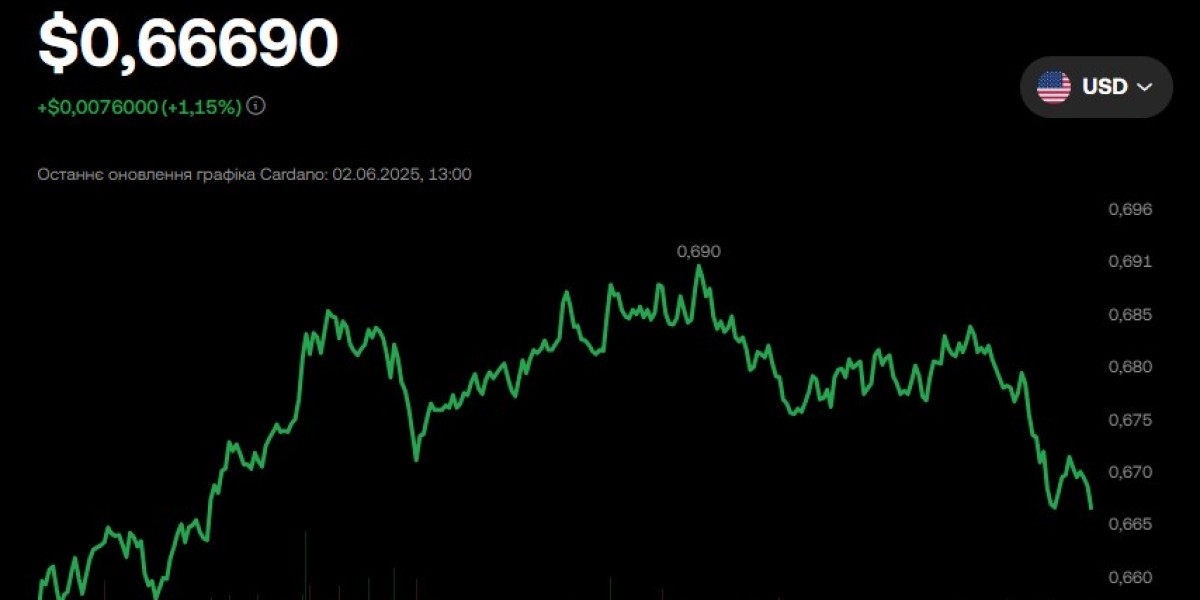A muscle oxygen monitor is a small, wearable device that tells you how much oxygen your muscles are using during exercise. This is very helpful for improving performance, avoiding overtraining, and making sure you are recovering properly. The monitor shows you live data while you work out, so you can make smart choices on the spot.
In this article, we will explain how a muscle oxygen monitor works, how to use it, and why it is becoming a must-have fitness tool. Let’s take a closer look.
How Muscle Oxygen Monitors Work
A muscle oxygen monitor works by using light sensors. These sensors shine a light into your muscles and measure how much oxygen is there. This process is called near-infrared spectroscopy. Don’t worry—it’s safe and painless.
When you move or exercise, your muscles need oxygen to create energy. The harder you work, the more oxygen your muscles need. The monitor tells you if your muscles are getting enough oxygen or if they are struggling. It shows a number called SmO₂, which means "muscle oxygen saturation."
For example:
High SmO₂ = muscles are fresh and ready.
Low SmO₂ = muscles are tired or working very hard.
You can wear the device on your thigh, arm, or chest, depending on the exercise. It connects to your phone or smartwatch and shows live data during your workout. This helps you know when to push harder or when to take a break.
By understanding your oxygen levels, you can train smarter and avoid injuries. That’s why so many athletes are now using muscle oxygen monitors in their daily routines.
Why Muscle Oxygen Data Matters
The data from a muscle oxygen monitor is more than just numbers—it gives you real insight into how your body works. This can help you train better, avoid burnout, and get results faster.
Let’s say you're doing a cardio session. If your SmO₂ drops quickly and stays low, your muscles are using a lot of oxygen and may soon get tired. If it stays stable, you're in a good zone and can keep going. This lets you adjust your pace in real time.
Another big reason the data matters is recovery. After a workout, the monitor shows how fast your muscles get their oxygen back. Quick recovery means you are in good shape. Slow recovery tells you to rest more or eat better.
Also, over time, you can track your improvement. If your oxygen levels stay higher during the same workout, it means your endurance is improving. If your recovery speeds up, your body is adapting well to training.
So, the data helps you:
Train at the right level
Avoid overtraining
Improve endurance
Recover better
Track progress
With a muscle oxygen monitor, you no longer guess how you're doing. You know what’s happening inside your muscles.
When To Use Muscle Oxygen Monitor
A muscle oxygen monitor can be used at different times in your training. To get the most from it, use it before, during, and after your workout.
Before workout: Check if your muscles are fully recovered. If the SmO₂ level is still low, your body may not be ready for a hard session. This helps prevent overtraining.
During workout: Watch your muscle oxygen in real time. If the number drops fast, slow down or take a break. This helps you stay in the right training zone and avoid fatigue.
After workout: See how fast your oxygen levels go back up. This shows your recovery rate. If your muscles bounce back quickly, you’re getting fitter. If not, your body needs more time.
You can also use the monitor during rest days. It tells you if your body is still under stress, even if you're not training. That means you may need more sleep or better nutrition.
Some good times to use it include:
Interval training
Long runs or bike rides
Weightlifting sessions
Active recovery days
Using the monitor at all these points gives you a complete picture of your muscle health.
Where And How To Place It
To get correct data from a muscle oxygen monitor, it must be placed in the right spot. The device works best when it’s directly on the muscle you're using most in your workout.
Here are some examples:
Cycling or running: Place it on the front of your thigh (quadriceps).
Upper body workouts: Use it on your biceps, triceps, or shoulders.
Rowing: Place it on your back or arms.
Make sure the skin is clean and dry. The sensor must touch the skin, not your clothes. Use a strap or adhesive patch to hold it in place so it doesn’t move around during your workout.
Avoid direct sunlight hitting the sensor while outdoors. Bright light can affect the reading. Also, make sure there is no sweat or dirt between the sensor and your skin.
If the device moves or slips, the data may be wrong. So, double-check the placement before you start. Once it’s secure and properly placed, it will give you reliable information throughout your session.
Correct placement is key to getting the most value from your monitor.
Top Benefits Of Muscle Oxygen Monitor
Using a muscle oxygen monitor has many benefits, whether you’re a beginner or a pro athlete. Let’s look at the top advantages.
1. Train smarter, not harder: The monitor helps you stay in the best training zone. You no longer have to guess how hard to push. The numbers guide you.
2. Avoid injuries: By watching oxygen levels, you can stop before your muscles are too tired. This reduces the risk of injury caused by overtraining.
3. Improve recovery: You’ll know when your muscles are ready to go again. No more training too soon and hurting your progress.
4. See real progress: Over weeks and months, you can track changes. Higher oxygen during workouts means better fitness. Faster recovery means better conditioning.
5. Personalize your training: Everyone’s body is different. A muscle oxygen monitor helps you build a plan that suits your body.
6. Real-time feedback: The device gives live updates while you train. This helps you adjust your speed, reps, or rest time instantly.
These benefits make the muscle oxygen monitor one of the smartest tools in fitness today. It turns guesswork into science.
How To Choose The Right Device
There are many types of muscle oxygen monitors on the market. Some are basic and budget-friendly. Others are more advanced and used by elite athletes. Here’s how to choose the right one for your needs.
1. Accuracy: Look for a device with proven accuracy. Brands like Moxy and Humon are known for reliable data.
2. Comfort: It should be light and easy to wear. A device that slips or feels bulky will distract you during workouts.
3. Battery life: Choose one with good battery life, especially if you train often or for long periods.
4. App features: Make sure it connects easily to your phone or watch. The app should show data clearly and allow you to track it over time.
5. Price: Basic models start at around $100. High-end ones can go over $300. Pick one that fits your goals and budget.
6. Support and warranty: A good company will offer help if your device has issues. Check if it comes with a warranty.
Buying the right muscle oxygen monitor is an investment in better training. Choose one that fits your lifestyle, and you’ll see big gains.
Conclusion: A New Way To Train Smart
The muscle oxygen monitor is not just a cool gadget—it’s a powerful tool for smarter fitness. It helps you understand what’s happening inside your muscles so you can train better, recover faster, and stay safe from injuries.
With real-time data, clear tracking, and personalized insights, you can improve your performance in a smart and safe way. Whether you're an athlete or a beginner, this device adds real value to your training routine.
Start using a muscle oxygen monitor today and take your fitness to the next level.
Frequently Asked Questions (FAQs)
Q1: What does a muscle oxygen monitor measure?
It measures the oxygen level in your muscles during exercise, called SmO₂ (muscle oxygen saturation).
Q2: Can beginners use a muscle oxygen monitor?
Yes, it’s helpful for everyone, including beginners. It helps prevent overtraining and improves workout results.
Q3: Where should I wear the device?
Wear it on the main muscle you're using—like your thigh, arm, or chest—directly on the skin.







